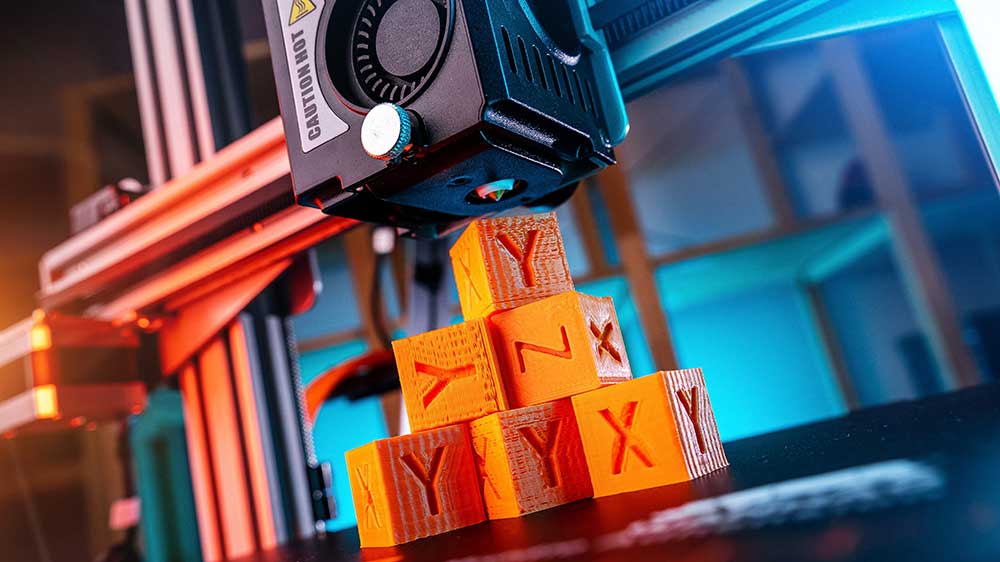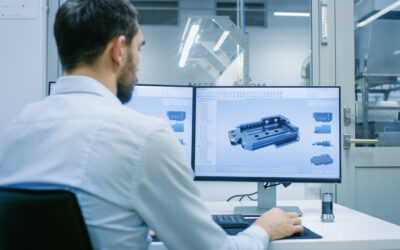Additive Manufacturing (AM), commonly called 3D printing, has emerged at the forefront of mechanical engineering. Initially thought to be a tool for creating prototypes has now evolved into a full-fledged manufacturing technique, with applications ranging from aerospace to healthcare. This article explores how mechanical engineers can harness the capabilities of Additive Manufacturing to drive innovation, reduce costs, and tackle complex engineering challenges.
What is Additive Manufacturing?
Additive Manufacturing involves creating objects by adding material layer by layer, as opposed to traditional subtractive manufacturing methods that involve cutting away material. This technology utilizes digital 3D models to fabricate components from various materials, including metals, polymers, ceramics, and composites.
Application in Mechanical Engineering:
- Complex Geometries and Customization: AM enables the creation of intricate geometries that would be impossible or prohibitively expensive to achieve through traditional manufacturing. This is particularly useful in developing custom components, with applications such as patient-specific implants in healthcare or tailored aerospace parts.
- Lightweight Structures: By optimizing designs for AM, engineers can produce lightweight structures without compromising strength. This is crucial in industries such as aerospace and automotive, where weight reduction is directly linked to performance and efficiency.
- Tooling and Fixtures: Mechanical engineers can use AM to produce custom tooling and fixtures quickly and economically. This speeds up the manufacturing process and opens up new avenues for optimizing production workflows.
- Supply Chain Optimization: With the ability to produce parts on demand, AM offers a way to reduce inventory and logistics costs. This decentralizes production and allows for more adaptable and resilient supply chains.
Benefits for Engineering Professionals:
- Rapid Prototyping: AM allows engineers to turn designs into prototypes quickly, enabling faster iterations and significantly reducing time-to-market.
- Material Efficiency: By adding material only where needed, AM minimizes waste, making it an environmentally friendly alternative to traditional manufacturing methods.
- Cost-Effective Low-Volume Production: For low-volume production runs, AM can be more cost-effective than traditional manufacturing, as it does not require the creation of molds or dies.
- Innovation and Design Freedom: The design flexibility offered by AM allows engineers to innovate without the constraints of traditional manufacturing methods.
Challenges and Considerations:
- Material Properties: Understanding the material properties and behavior during the AM process is crucial for ensuring the mechanical integrity of the final product.
- Surface Finish: AM often produces a rougher surface finish than traditional methods. Post-processing may be required to achieve the desired finish.
- Costs for High-Volume Production: While AM is becoming more affordable, it can still be cost-prohibitive for high-volume production compared to traditional manufacturing.
Implementing Additive Manufacturing:
- Software Integration: Integrating AM with design and simulation software is vital for optimizing designs for the AM process.
- Workforce Training: As AM is still evolving, ensuring the engineering workforce is skilled in utilizing this technology is critical.
- Quality Control and Standardization: Establishing quality control procedures and adhering to industry standards is essential for widely adopting AM in critical applications.
A Revolution
Additive Manufacturing is revolutionizing mechanical engineering by providing unprecedented design freedom and manufacturing capabilities. While there are challenges to be addressed, the potential benefits of innovation, cost savings, and efficiency make it an indispensable tool for the modern mechanical engineer. By integrating AM into the engineering workflow and investing in workforce development, engineering professionals can stay at the forefront of manufacturing innovation and provide next-generation solutions.




